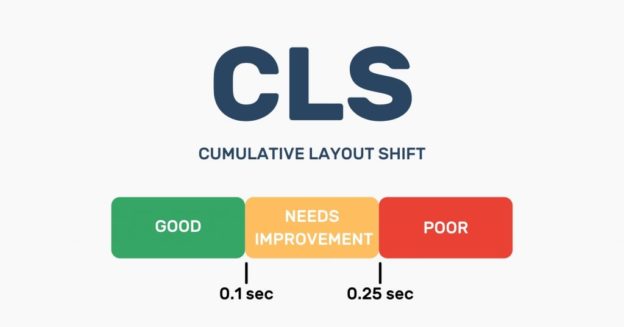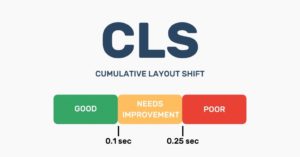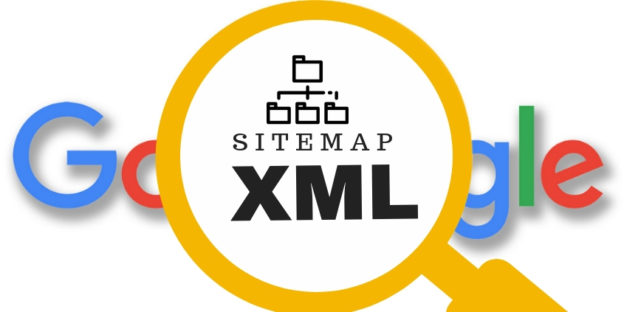In October 2020, Google Analytics 4 (GA4) got its formal debut. Due to the 2021 privacy enhancements and the General Data Protection Regulation (GDPR), it has become difficult to track using cookies. Thankfully GA4 has helped fill this gap using machine learning. In addition, GA4 combines application interactions and websites initiated by the same to help you make better marketing decisions.
If you are using User Agent (UA), your website data can be viewed from the moment you start, but after fourteen months, GA4’s data expires, and the amount of information you store is cut by seventy-five percent.
Know your business and set goals
Before interacting with your audience, you should know:
- The content you should create.
- The topics to discuss.
- Your industry of specialization.
- What makes you unique?
It is important to create content that will position you as an expert. Data insights and GA4 drive accuracy; if you take time to study traffic patterns and look for trends of previous success, you can easily identify the topics that will lead to future success.
Identify your audience and positioning
The moment you know what makes you different, you can study your audience. Address them directly in the content you create, analyze the audience engagement, and ensure your approach keeps them engaged. You should also get to know what they like, dislike, and their interests.
Research and pick keywords
Using keyword research will help you find the keywords you are ranking for and those you should be striving to rank for. The first step is looking at the search console performance reports. This will help you identify the pages you are ranking with and the keywords you rank for.
Sneaking around our competitors is not a bad idea either because it will help you discover the keywords you want to rank for. Keyword tools such as Moz and Ahrefs can be quite useful. When you have your keywords in place, develop a keyword cluster for the winning edge you need in competitive verticals.
Create authority through content
It is irrefutable that content brings authority, but clarity comes first. You should define the formats of your content, for example, blogs, videos, or eBooks, and make a decision on how comprehensively you want to cover each one. Creating great content correlates directly to authority and recognition in your industry of expertise.
Be consistent at content creation and publishing.
A study done by Hubspot on 7000 businesses discovered that companies that have over 1000 web pages receive 9.5 times more traffic than those with less than 50 pages. In order to build results that you can always go back to and study, you must be consistent at publishing great content.
Keeping the strategy with post-publishing promotion and calendar
To keep your strategy in place, you must have a budget and an agreement with the other parties involved. Affordable SEO service uses a calendar to develop topics regularly that bring in leads. However, if you do not have a proper promotion strategy in place, this will all be useless. GA4 and other BI tools help you gain insight through monitoring and tracking of content performance.
Connect GA4 and other tools to a BI tool and data warehouse
Content results are usually visible after 12 to 18 months. Data warehouses help to analyze extensive historical data, integrate data, ensure data stability and provide subject-oriented analysis.
There is no one specific tool that will give you all the insight and data you need; you have to add Google Analytics with other marketing tools, your own database, socials, and CRM.













